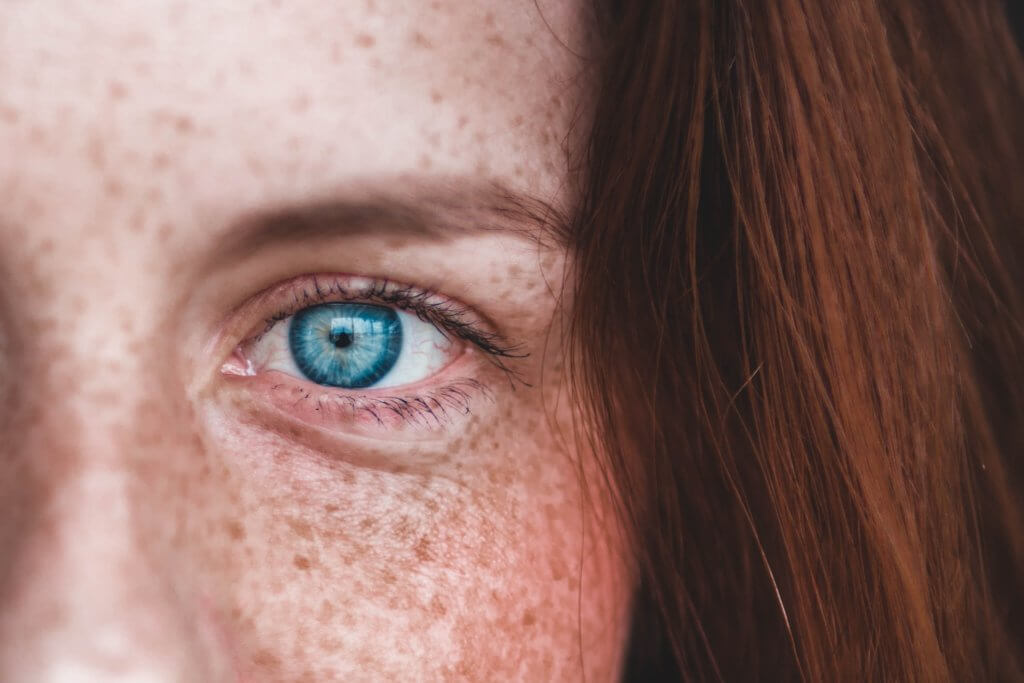How does your brain recognize the person across the street as your mother or recall a high school classmate you haven’t seen in years? Researchers from Cedars-Sinai Medical Center have an answer to the brain’s fascinating way of processing familiar faces. The findings help in better understanding how a person’s memory is triggered when you lock eyes on a face compared to an object or picture.
Your brain does an excellent job of keeping a continuous line of vision. In reality, your eyes are rapidly jumping from one spot to another three to four times a second. It’s the brain areas that receive the visual information that complete the picture of what’s in front of you. One brain area, in particular, the amygdala, activates when your eyes land on a person’s face. The cells in the amygdala receive the visual information and process the social information. Afterward, they relay their own message to the memory-storage center called the hippocampus to trigger the recollection of a memory.
“You could easily argue that faces are one of the most important objects we look at,” says study senior author Ueli Rutishauser, director of the Center for Neural Science and Medicine at Cedars-Sinai, in a media release. “We make a lot of highly significant decisions based on looking at faces, including whether we trust somebody, whether the other person is happy or angry, or whether we have seen this person before.”
The researchers studied the brain activity of 13 people with epilepsy who had electrodes implanted in their brains to help determine where their seizures were happening. Having implanted electrodes allowed the researchers to also record the activity of individual neurons within the patient’s brains. On the outside of the brain, the researchers used a camera to track every participant’s eye movement to determine where they were looking at the screen.
The brainwaves researchers were interested in capturing were theta waves. Theta waves are created in the hippocampus and are important in processing information and forming memories.
Each participant saw a group of images with a mix of human or primate faces, flowers, cars, and abstract shapes. They next showed participants a series of images of human faces they saw in the first phase of the activity and were then asked if they remembered them.
When eyes landed on a human face — but not any other image — specific cells in the amygdala fired. These ‘face cells’ triggered the pattern of theta waves in the hippocampus.
“We think that this is a reflection of the amygdala preparing the hippocampus to receive new socially relevant information that will be important to remember,” explains Dr. Rutishauser.
The more quickly a subject’s face cells fired when their eyes studied at a human face, the more likely people could remember seeing the familiar face on the image. When face cells fired at a slow rate, they were more likely to forget seeing that face when presented with another picture.
The researchers suggest people who struggle to remember faces could have an altered amygdala. Dysfunctions in the amygdala have been previously associated with disorders involving social cognition such as autism.
“If theta waves in the brain are deficient, this process triggered by the amygdala in response to faces might not take place,” Dr. Rutishauser says. “So restoring theta waves could prove to be an effective treatment target.”
The study is available to read in the journal Science Advances.












